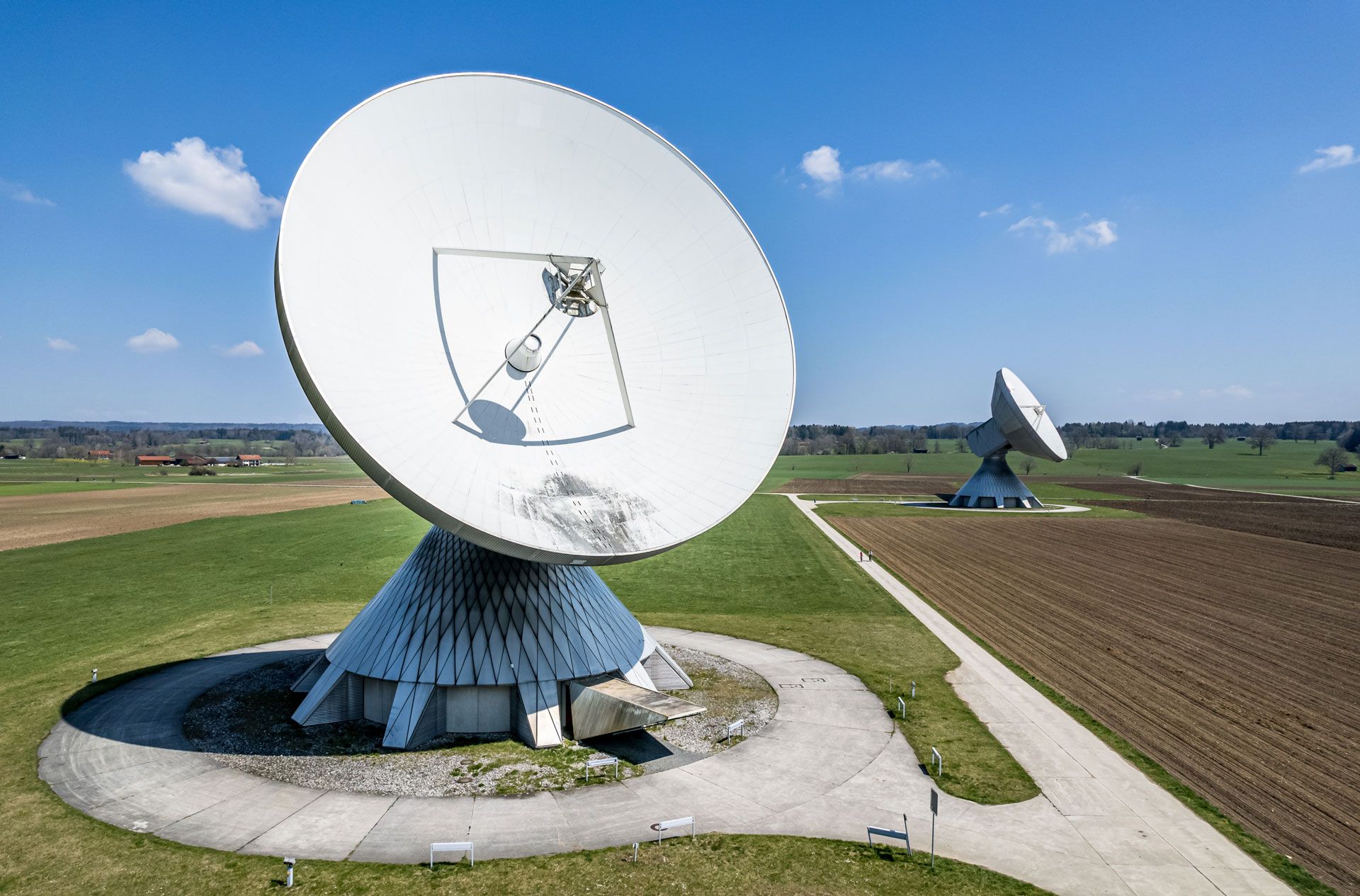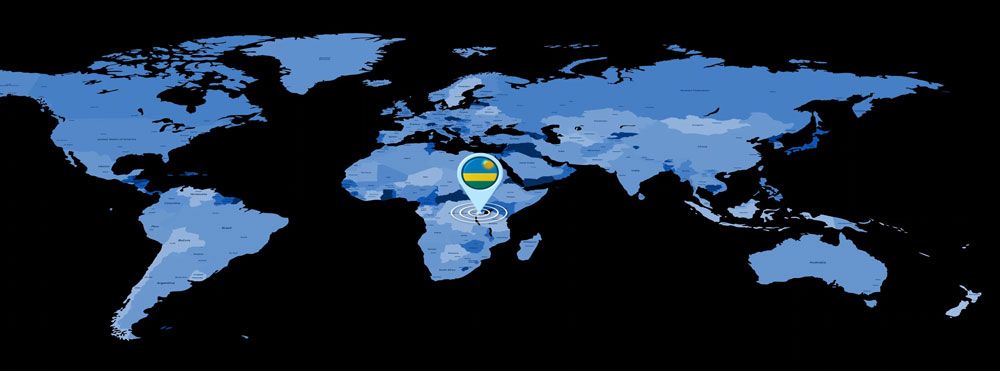
Space Connect: Updating regulations for LEO satellite services
Low Earth orbit (LEO) satellites offer fast two-way communications and – when deployed in constellations – broader coverage than the traditional geostationary satellites circling high above the equator.
The advantages for mobile device users are obvious. But for regulators, LEO has required a rapid pivot.
“This is an intricate and fast-breaking technology that has really prompted policy and regulatory reconsideration,” said satellite policy expert Patricia Cooper, moderating a panel on LEO authorization at the International Telecommunication Union (ITU).
Cooper calls LEO “one of the most dynamic and impactful trends in space.”
The LEO revolution unlocks new options in developed digital markets. It also enables developing countries to connect long isolated rural communities.
The second episode in ITU’s Space Connect series explored regulations for satellites in orbit and support systems on the ground.
What’s different about LEO
The term satellite “no longer refers to a single technology. It’s a whole range of technologies,” said Ruth Pritchard-Kelly, Board Member at the Secure World Foundation, which promotes secure, sustainable, and peaceful uses of outer space.
Geostationary satellites orbit 35,786 kilometres above the equator, each covering a large area from a fixed position relative to Earth. This works well for services like broadcast television or weather monitoring, which require a constant and reliable signal over a well-defined area.
But altitude causes frustrating delays in two-way live communications, such as Zoom calls.
LEO satellites, in contrast, operate within 2000 kilometres of Earth, often as low as 500 kilometres. Low orbit reduces their latency – the time delay between sending a signal to a satellite and receiving a response.
The International Space Station orbits in the same range, about 400 kilometres above sea level.
The medium Earth orbit (MEO) satellite category strikes a balance between wide coverage and low latency.
Advantages of orbiting low
LEO constellations, moving quickly across the sky, cover the Earth’s entire surface without interruption, with one satellite always in view of any given ground location. Their uninterrupted communication and data transfer has proven ideal for global Internet coverage, real-time monitoring, and navigation services.
“This is where Starlink, [Eutelsat’s] OneWeb, the new European IRIS2, and Amazon’s Kuiper are,” said Pritchard-Kelly. “This is where the world’s attention now is.”
The LEO regulatory challenge involves not just countries launching satellites, but every country receiving satellite services. Regulations need to be flexible enough to allow for communications from numerous moving objects, rather than a single fixed one.
“Different countries have approached the issue in different ways,” Pritchard-Kelly noted. “That may only be the provision of the service and the ground equipment, whether you call that a hub, or an earth station, or a user terminal.”
How Europe keeps up with LEO
Dominic Hayes, frequency manager for the European Union Space Programme, explained the intricacies of aligning satellite regulatory policies across Europe.
Although smaller than neighbouring continents, Europe represents “a big market,” Hayes said. “It’s a multi-billion-euro downstream space market, and that makes it worthwhile for operators providing services,” he said.
Still, as a region formed by 27 European Union member states and nearly as many non-EU countries, Europe remains a fragmented market. The EU’s Open Skies directive over 20 years ago simplified licensing conditions for satellite broadcasters – and since then, LEO operators, too.
“At that time, it was driven by the provision of satellite TV services across the EU, and ultimately this led to no specific landing rights being required to offer services in the EU,” Hayes explained. “Arguably, there’s not much of a difference between how the EU authorizes LEO constellations versus how we authorize the existing geo constellations.”
Unified legislation assures operators the goalposts won’t shift. Still, different European countries require varying and often complex permits.
A planned EU Space Act would “improve the functioning of the single market” for space-based operators.
Rwanda’s blanket approach
George Kwizera, Chief Technology Officer, Rwanda Space Agency, shared how one emerging nation became a satellite operator.
Rwanda’s first satellite, RWASAT-1, was launched in 2019 to monitor agriculture, coastal areas, forests, and biodiversity. The national space agency was formed a year later with a mission “to create a world-class space ecosystem” and “enable the space value chain” across Africa, said Kwizera.
Rwanda, like other African countries, feared being “left behind” by the LEO revolution.
For many developing countries, the new technology bridges connectivity gaps at lower cost, letting countries like Rwanda connect rural populations that have been hard to reach with terrestrial infrastructure.
“The traditional satellite had some limitations in terms of latency, pricing, and capacity,” Kwizera explained. “But this new consideration comes to bridge a very big gap at a relatively affordable price.” But the country initially struggled to adapt geostationary regulations to manage thousands of satellites.
“We started receiving interest from different international companies that wanted to be licensed in Rwanda, these new constellations came with a new way of operating,” Kwizera said. “That required us to go through the traditional licensing model that we had and adopt a new model.”
Rwanda’s new model offers a blanket licensing approach and fair fees for shared spectrum. Regional collaboration has helped develop LEO common requirements.
Rwanda and its neighbours increasingly cooperate through the African Telecommunications Union (ATU) to ensure responsible LEO licensing that helps boost connectivity for all. A forthcoming ATU paper will explore how large constellations help expand broadband services.
“The main driver behind any licensing that we do is it should be addressing some of the connectivity gaps that we have,” Kwizera emphasized. “We cannot just license someone if we do not see a contribution in addressing the connectivity gaps.”
LEO licensing has achieved tangible benefits: “We had a number of schools and hospitals in rural areas that were very difficult to connect using existing mobile and fibre. They were connected in a single shot when you put a terminal inside the school, and students started to enjoy digital services. It was really positive.”
Despite regulatory complexities, Rwanda’s experience demonstrates how thoughtful adaptation of licensing frameworks can transform connectivity for citizens while promoting regional cooperation across the continent.

Future episodes
Replay Space Connect Episode 2: Authorizing LEO Services – A Global Perspective
ITU’s webinar series will keep exploring critical topics like space sustainability, advances in launch technologies, and more about non-geostationary constellations.
Don’t miss Space Connect Episode 3 —Earthbound foundations: Critical networks enabling LEO constellations — live on 26 March 2025 at 14:30 CET
Other upcoming topics include Earth observation, climate monitoring, and emergency response, as well as direct-to-device (D2D), machine-to-machine (M2M) and cislunar (Earth-Moon) communications.
Tell us your top three areas of interest for future Space Connect sessions
The sessions, hosted at ITU headquarters in Geneva, Switzerland, for participants worldwide, offer insights on how evolving satellite tech will shape future global connectivity and communications.
Learn more about the ITU Radiocommunication Sector (ITU-R) and its Space Services Department
Images credit: Adobe Stock
